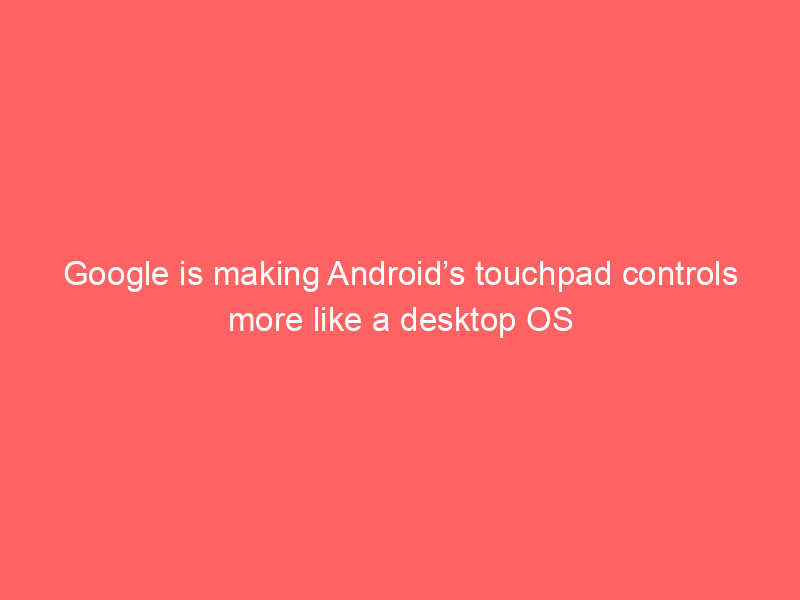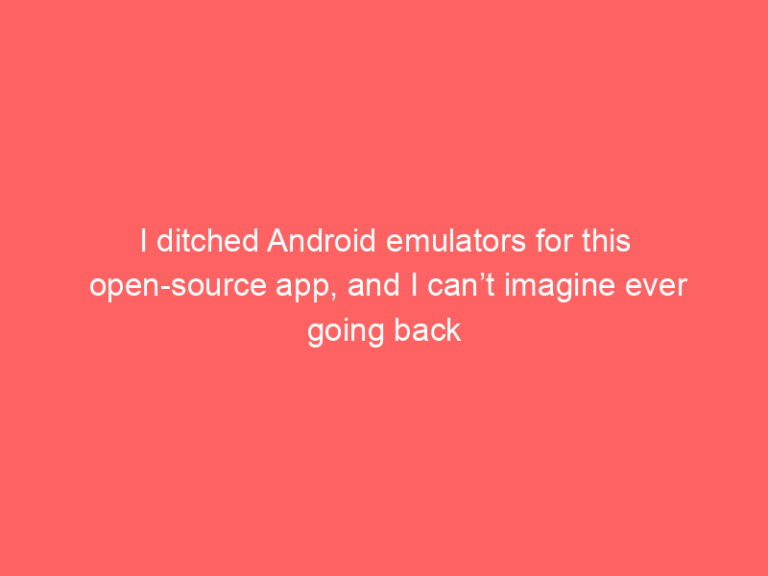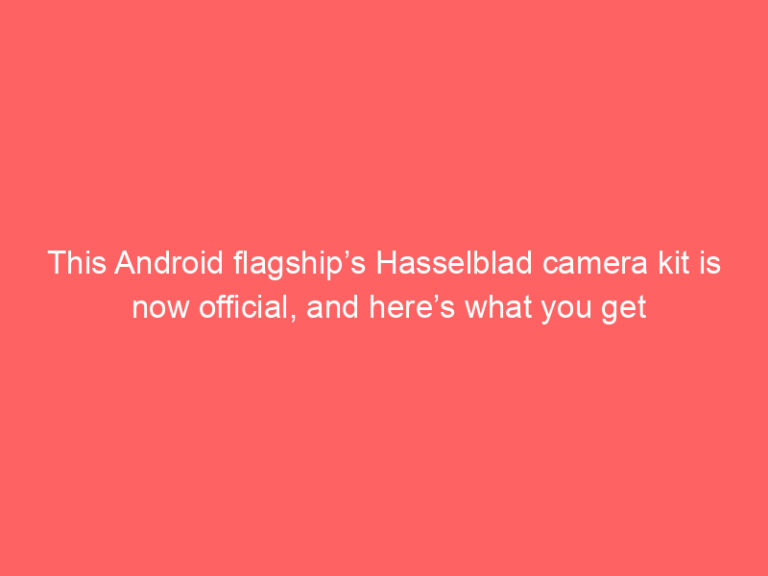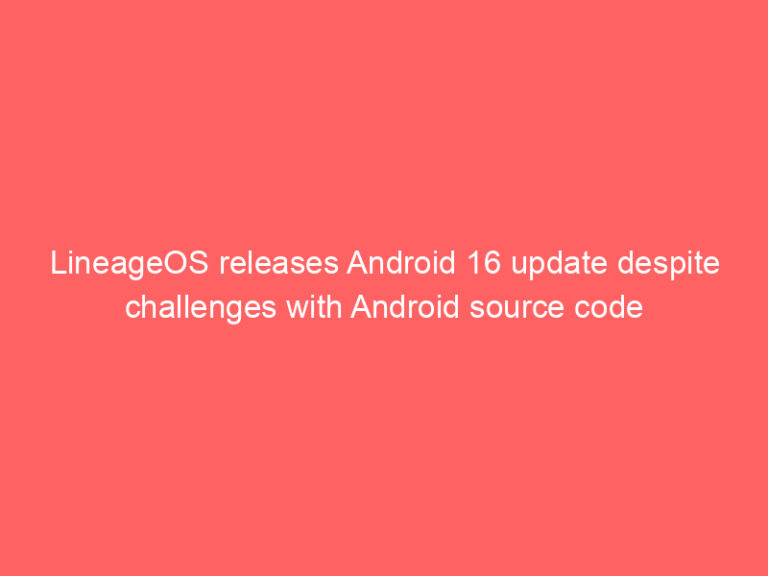
Android Takes a Giant Leap: Touchpad Controls Are Getting More Desktop-Like
The days of swiping and dragging for navigation are fading into the past. Google’s latest Android update is taking the experience to another level by introducing more desktop-like touchpad controls. This exciting evolution promises to revolutionize how we interact with our phones, blurring the line between the physical and digital worlds.
A Touchpad Odyssey
Imagine swiping through your photos with the same ease as you would on a laptop. Imagine dragging and dropping files with the same precision and responsiveness. With the new touchpad, these and many other interactions become effortless.
But it’s not just about aesthetics. This new approach offers several key benefits:
* Increased accuracy and speed: Touchpad gestures translate directly to actions on the phone, eliminating the need for finger swiping across multiple buttons. This translates to a more intuitive and efficient user experience.
* Enhanced navigation: With the ability to navigate with a single finger, users can quickly access different apps and settings. This significantly improves the phone’s navigation capabilities.
* Reduced fatigue: The increased size and responsiveness of the touchpad allow users to perform tasks without fatigue or finger strain.
A Desktop on the Go
This shift towards a desktop-like approach is not without its challenges. Ensuring accurate and reliable touch detection on a small touchscreen device can be tricky. However, Google’s engineers have addressed these concerns by implementing advanced sensors and algorithms.
Furthermore, the new touchpad is designed to retain its responsiveness and accuracy over time, minimizing the need for recalibrating. This ensures a smooth and consistent experience even as the phone ages.
The Future of User Experience
The introduction of these advanced touchpad controls is a major milestone in the evolution of Android. By taking inspiration from the desktop OS, Google is creating a more intuitive and efficient user experience that transcends the limitations of traditional touchscreens. This innovation promises to pave the way for a future where our devices seamlessly blend into the digital landscape.
Conclusion
The introduction of more desktop-like touchpad controls marks a significant step forward in the evolution of Android. This technology is poised to revolutionize how we interact with our phones, offering increased accuracy, speed, and a more intuitive overall user experience. With its improved navigation, gesture-based interactions, and enhanced responsiveness, Google’s latest update is a testament to the company’s commitment to pushing the boundaries of what a smartphone can achieve.




